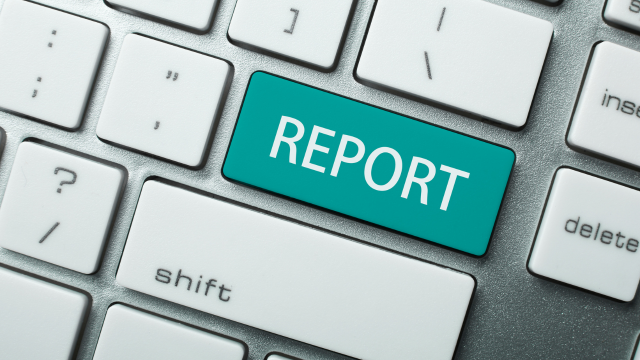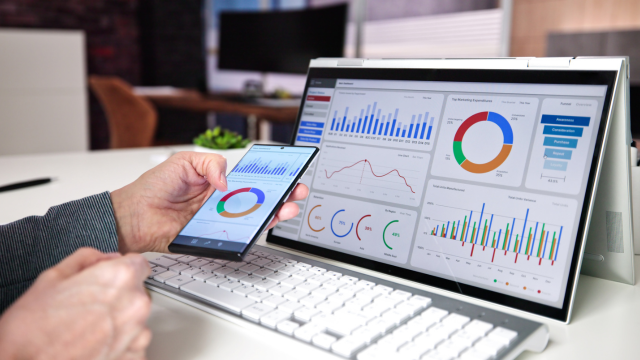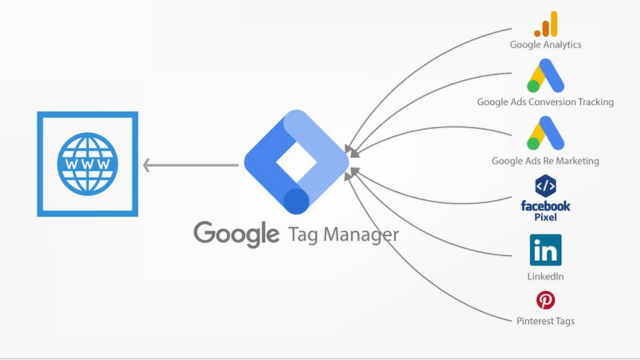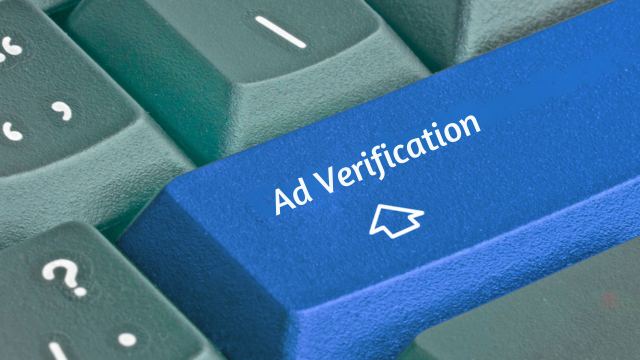Reporting might not be the flashiest part of programmatic advertising, but it’s certainly one of the most important. Think about it—reporting is how you measure success, catch mistakes, and improve future campaigns. Without it, you’re essentially flying blind.
Whether you’re optimizing for brand safety metrics or juggling DSP performance with SSP dashboard setup, solid reporting practices help you hit your goals faster and smarter. This guide will walk you through the best practices for programmatic reporting, with tips to streamline your processes and deliver actionable insights.
Why Good Reporting Matters (The Setup)
Imagine trying to bake a cake without measuring cups. You’d end up with a chaotic, lumpy mess, right? That’s exactly what’s at stake when running ad campaigns without proper reporting.
Good reporting is like your campaign playbook—it shows you what’s working, what’s not, and where you need to pivot. It’s not just about crunching numbers; it’s about understanding the story behind your data and using that story to make better, smarter decisions.
Tracking KPIs for programmatic advertising ensures you’re not wasting ad spend, missing revenue opportunities, or letting minor mistakes snowball into major problems.
Sounds essential, doesn’t it?
What You Need to Report (Know What to Measure)
Before you can build reports, you need to know precisely what you’re measuring. Each tool in your adtech stack (DSPs, SSPs, ad exchanges, and verification platforms) focuses on different performance metrics. Choose carefully, so your efforts align with the goals of your campaigns.
Metrics from DSPs – CPC, CPA, ROAS
Demand-side platforms (DSPs) are ground zero for advertisers. You’ll want to watch metrics like cost-per-click (CPC), cost-per-acquisition (CPA), and return on ad spend (ROAS).
These metrics determine the success of your bidding strategy and overall cost efficiency. For example, high CPC with mediocre ROAS? Time to rethink your targeting or creative.
Metrics from SSPs/Exchanges – eCPM, Fill Rate, Bid Density
Supply-side platforms (SSPs) and ad exchanges emphasize publisher-focused data. Effective cost-per-mille (eCPM), fill rate, and bid density tracking are the big players here.
A low fill rate could indicate that your inventory pricing is too aggressive, while poor bid density might suggest auctions aren’t competitive enough.
Verification Data – Viewability, Brand Safety, Fraud Checks
Ad verification tools are your safety net. They ensure ads are viewable, brand-safe, and fraud-free.
If verification metrics flag low viewability or sketchy domains, that’s a signal to adjust your placements. Brand safety and viewability aren’t just buzzwords—they’re critical to preserving advertiser trust and avoiding wasted spend.
Plan Your Report (Think Ahead)
Great reporting starts long before the campaign launch. Think of it like building a treasure map—you’re plotting the path to your goals before the adventure even begins.
Align Metrics with Campaign Goals
Every ad campaign has unique objectives. Some prioritize awareness; others go straight for conversions. The KPIs you measure should align directly with these goals.
For instance, a branding campaign might track viewability and click-through rate (CTR), while a performance campaign focuses on CPA and ROAS.
Define Data Sources & Owners
Who’s responsible for gathering the data? This might include DSP reporting tips, SSP logs, or even reports from ad verification platforms. Assign clear ownership, so everyone knows their role.
Set a Report Cadence
Don’t just plan to check results at the end. Set a regular review schedule (daily, weekly, monthly). Real-time reporting for programmatic campaigns keeps you nimble, letting you pivot before a problem spirals.
Build a Structured Dashboard (Make It Readable)
A good dashboard is like the HUD (heads-up display) of a video game—all the critical data, conveniently laid out so you can focus on the big picture.
Use Naming Conventions
Consistent naming conventions make your reports easier to understand. For example, label data as “CampaignName_LineItem_StartDate.” Trust us—that’s way better than “AdData01.xls.”
Segment Cleanly (By Tool, Geography, Format)
Slice and dice your data to uncover valuable insights. Whether you segment by platform, geography, or ad format, breaking your data into digestible chunks ensures you can pinpoint where wins and losses are happening.
Visualize Key Data
Humans are visual creatures. Use charts, graphs, or heatmaps to illustrate your data. It turns a mountain of numbers into an accessible, actionable story. A well-planned dashboard can turn even the busiest SSP dashboard setup into something that’s easy to understand.
Check During the Campaign (Mid-Game)
Your campaign isn’t a “set it and forget it” affair. Real-time adjustments based on daily and weekly reports can make the difference between a slow burn and runaway success.
Daily Monitoring – Catch Pacing and Pacing Issues
Compare spend against budget goals on a daily basis. Are you underspending and underperforming? Overspending without results? Daily pacing checks help you stay aligned.
Weekly Deep-Dives
Once a week, dig into more complex data points like bid rate trends, viewability, and potential fraud flags. These insights typically require more effort but yield critical optimizations.
Optimize Based on Insights
When you see problem areas, tweak smartly. Change one variable at a time—whether it’s creative, bids, or audience targeting—to isolate what’s having an impact (good or bad).
Clean & Consolidate Data (Be a Data Chef)
Programmatic reporting data can feel like a jigsaw puzzle with pieces from all over the place. Your job is to fit them seamlessly together.
Normalize Metrics
An impression isn’t always an impression. A conversion isn’t always a conversion. Standards may vary across DSPs or SSPs, so campaign data normalization is vital. Make sure everyone’s speaking the same “data language.”
Reconcile Discrepancies
Cross-check DSP and SSP results. Variations happen due to latency, discrepancies in user sessions, or even bid filters. Knowing why these gaps exist will keep your reporting honest.
Use Reliable ETL & Tools
Extract, Transform, and Load (ETL) processes ensure reliable data flow. Use tested platforms or APIs for smooth integration, whether it’s to generate bid density insights or analyze ad exchange performance metrics.
Report to Stakeholders (Tell the Story)
A great report isn’t just a stack of numbers—it’s a compelling story about what’s working, what isn’t, and where to focus next.
Executive Summary
Start your report with an executive summary, distilling the three to five most critical takeaways. This section is for your busy stakeholders who need the high-level view.
Detailed Section
Add granularity for those who crave data-rich insights. Discuss metrics by placement, format, or regional performance. Include context so the numbers aren’t just floating in isolation.
Key Takeaways & Next Steps
Wrap things up by explaining what the campaign taught you. Highlight your next steps—in this case, think about opportunities for SSP dashboard refinement or how to better align KPIs with goals.
Keep Improving (Game On, Repeat!)
The beauty of programmatic advertising is that it’s constantly evolving. Your reporting game should, too.
Update Dashboards & KPIs Quarterly
Metrics that mattered six months ago may not be relevant today. Update your dashboards with emerging trends or new KPIs regularly.
Automate Reporting
Manual exports are so 2010. Use tools that automate data-fetching, report generation, and delivery to save time. After all, the faster you receive insights, the sooner you can act on them.
Audit Data Flow Regularly
Broken APIs, mislabeled naming conventions, or other glitches can quietly sabotage your reporting. Regular audits ensure accuracy and consistency from start to finish.
Final Takeaway
Good reporting isn’t just about tracking—it’s about growing. The more you learn from each campaign, the stronger your programmatic efforts become. By applying programmatic reporting best practices like data normalization, dashboard refinement, and real-time tweaks, you can set campaigns up for success over and over again.
Have your own tips for smarter reporting? Share them in the comments below. And while you’re there, why not sign up for our newsletter to stay in the loop on all things programmatic advertising?




